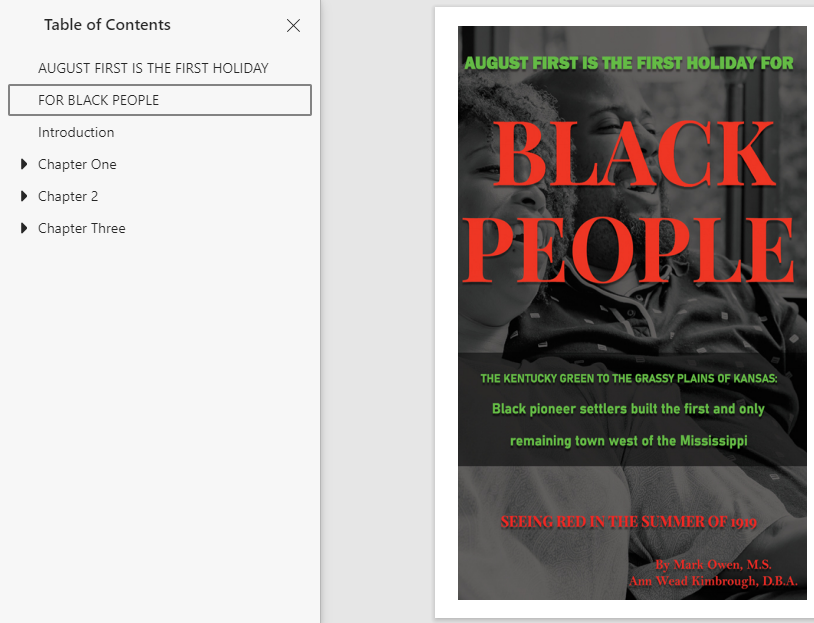November 26, 2021
#46 Free (Black) Friday: Interview Your Relatives
By planes, trains and automobiles, an estimated 54 million U.S. travelers made it families and friends this 2021 Thanksgiving season. Those numbers are nearly equal to pre-Covid 2019 levels, according to AAA, air, train and government travel trackers.
If so, don’t spend all of your time around the table of good food, or shopping until you drop. Instead, start now to preserve your precious history by recording short and even long stories of your loved ones.

Photo by August de Richelieu on Pexels.com
As a nearly lifelong writer (Ann) who began journaling at age 10, I learned the importance of being a good listener who captured cool stories from the annual family gatherings. Those early lessons served me well as I became an award-winning financial journalist who found that my interview skills came in handy when I became more interested in African American family genealogy.
Admittedly, it is not easy getting our family members to open up about their past. However, I have found that to get meaningful conversations started, flattery gets you everywhere. Here are my quick tips on how to glean information from your loved ones:
- Tell them upfront that you are interested in preserving your family’s history. If they are like my Great Cousin Madeline Wilkes, your loved ones may respond with “no one really wants to know that stuff about me.” That’s a stall. Take immediate action such as what I describe in the next step.
- Do what they like to do. Sit, cook, read, watch TV, walk, play cards and board games, fish, shop and generally hang out with them. In the case of Great Cousin Madeline, I took pictures of her and showed her how vibrant she looked at 90 years old. With that in motion, I moved to my next step and my recommendation for you.
- Have your recorder, camera and notebook handy to capture stories about their earlier holidays and hobbies. I asked her questions about her father, my great-grandmother’s brother. She loved to talk about her Dad. I got some great stories. I was able to wrap up our short conversation by reiterating and expanding my reasons for asking her a few questions. I was pleased that I advanced to the final step.
- Tell them why their stories are important to the families’ legacies because it ensures the younger generations learn from the older ones’ successes and any mistakes.
For more ideas on how to speak with your relatives to capture their stories, check out this great freebie checklist from Genealogy Bargains.
Happy chatting!






